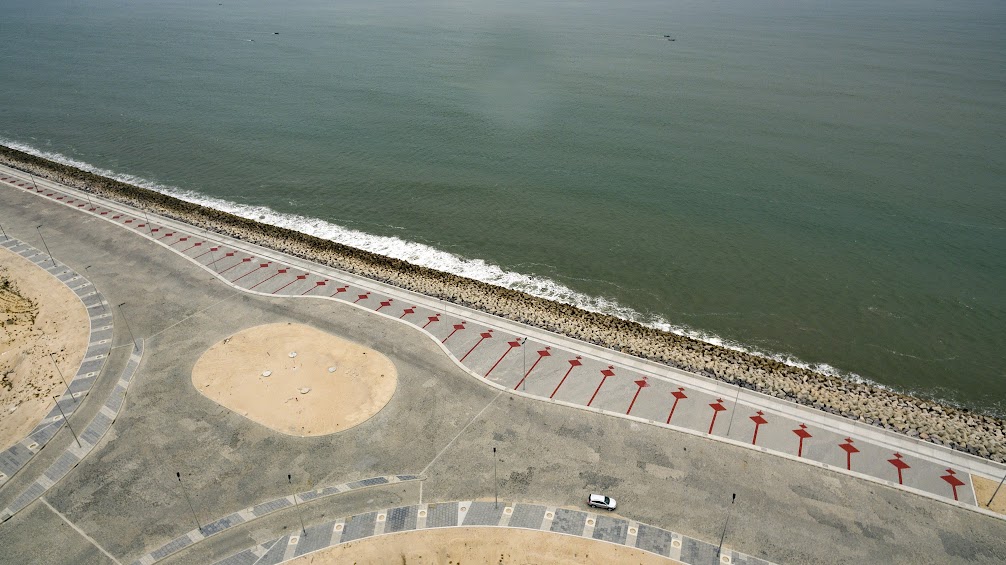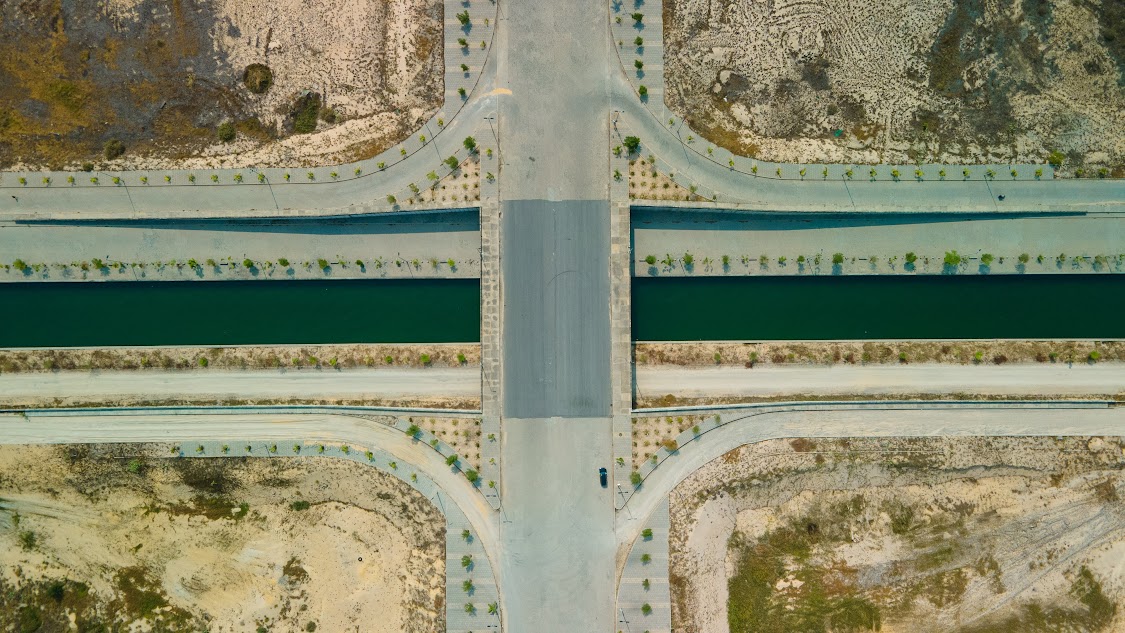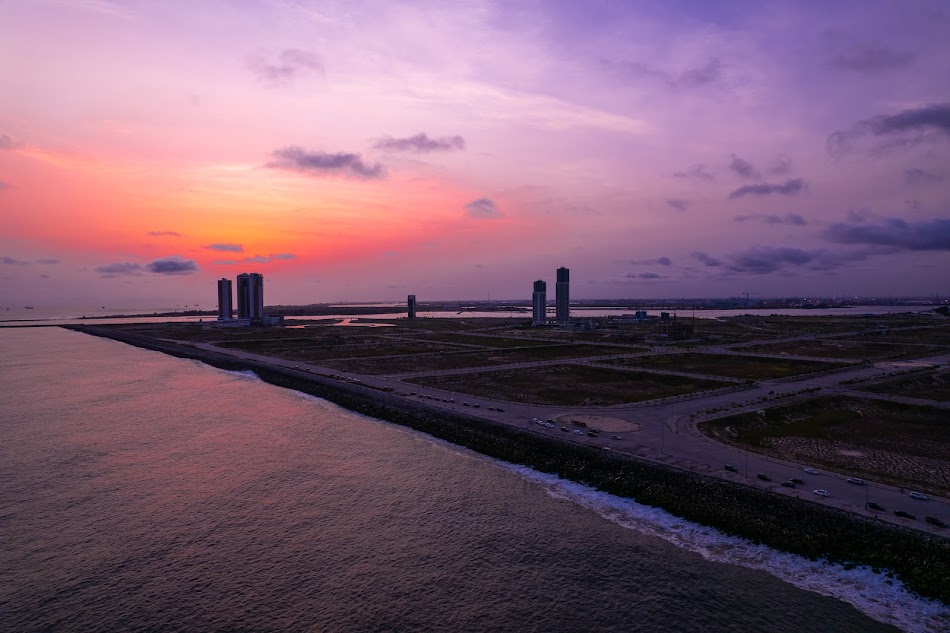EDUCATION
(Independent drainage system)
THE INDEPENDENT DRAINAGE SYSTEM OF EKO ATLANTIC CITY
During the design stage of Eko Atlantic City, it was apparent that the road systems within the City would require an independentdrainage network to ensure the proper evacuation of water off the road surfaces.
To be able to create an independent drainage network there needed to be a design for a canal system running throughout themiddle of Eko Atlantic City. This canal system would receive all the water that flowed from the City’s roads into the undergrounddrainage network.
The solution conceived met all the criteria required for an independent drainage network. Absolutely none of thewater collected in the City’s roads would flow into the existing drainage networks of Lekki and Victoria Island.
The diagram below depicts the flow of water throughout the different areas of the drainage system in Eko Atlantic to the differentdrainage discharge points in the Eko Atlantic Canal. At no point does the drainage network interact with Victoria Island.
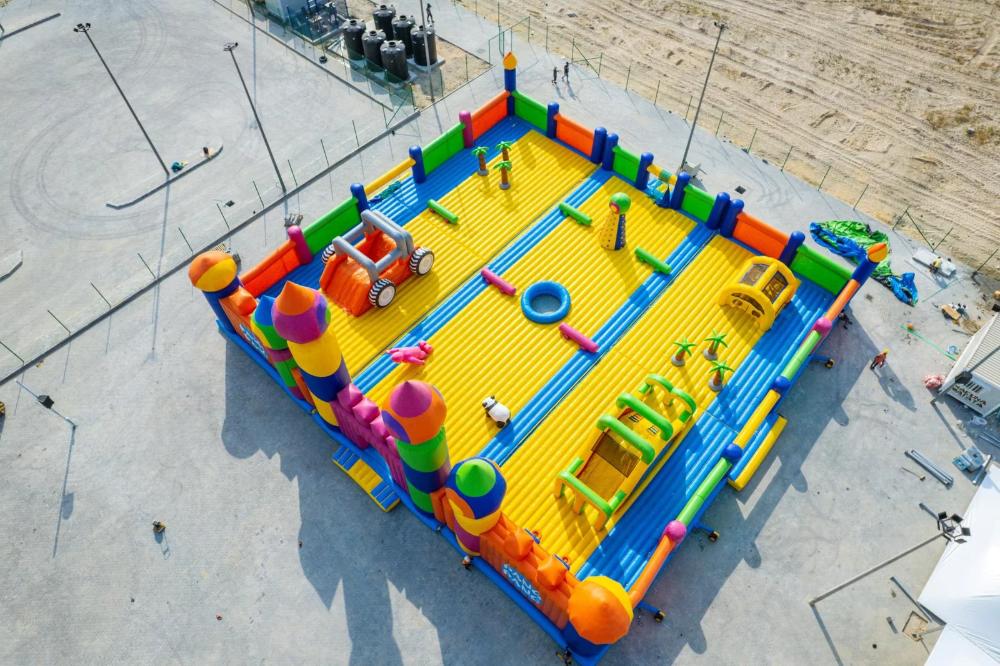
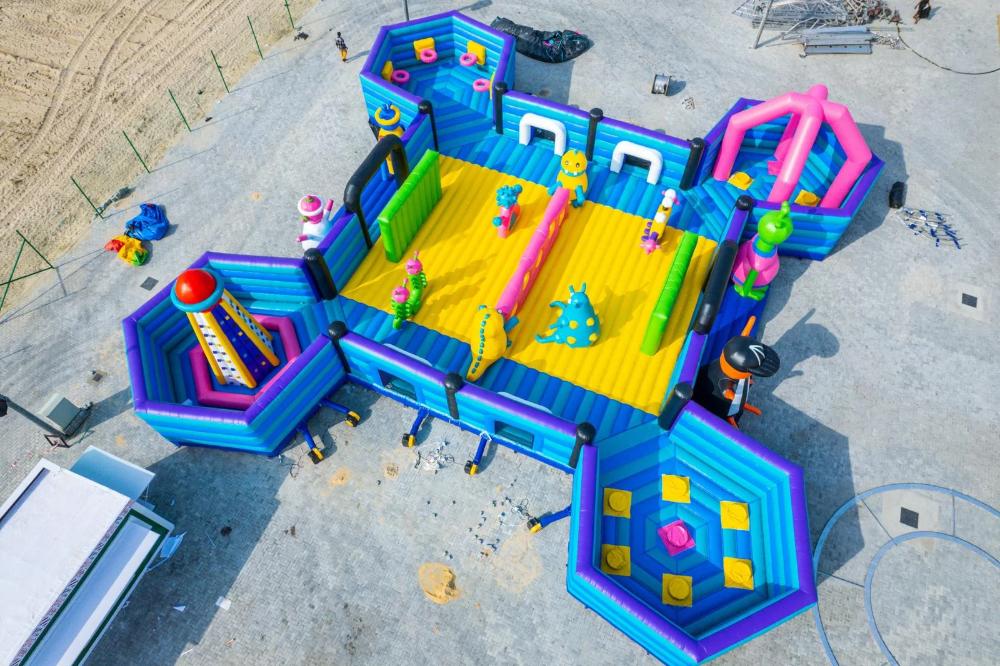
Today, the drainage network in Eko Atlantic is already proving to be effective. The road network in Eko Atlantic City has yet to be inundated by rainwater even during heavy rain storms.
HOW THE DRAINAGE NETWORK IN EKO ATLANTIC CITY IS BUILT
Building the drainage network in Eko Atlantic City is a precise task that is repeated numerous times throughout the project.
To begin, concrete pipes are fabricated in the pipe factory located in Eko Atlantic City. Stormwater drainage pipes in the pipe factory vary in size from 30cm in diameter to the largest being 150cm in diameter.
When the pipes come out from their mould they are left to cure for 3 weeks to allow the pipes to achieve full design strength.
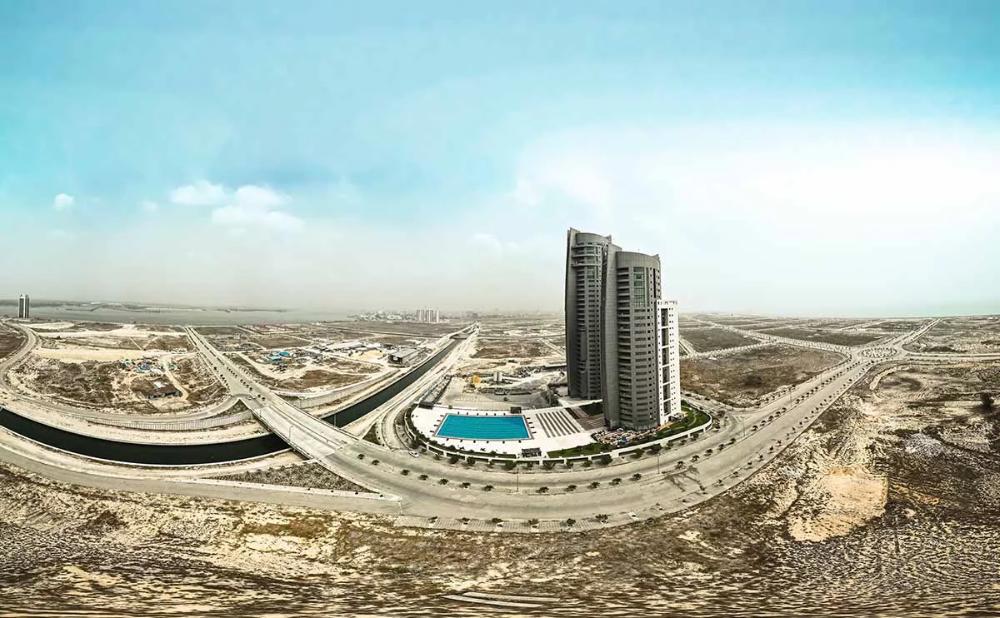
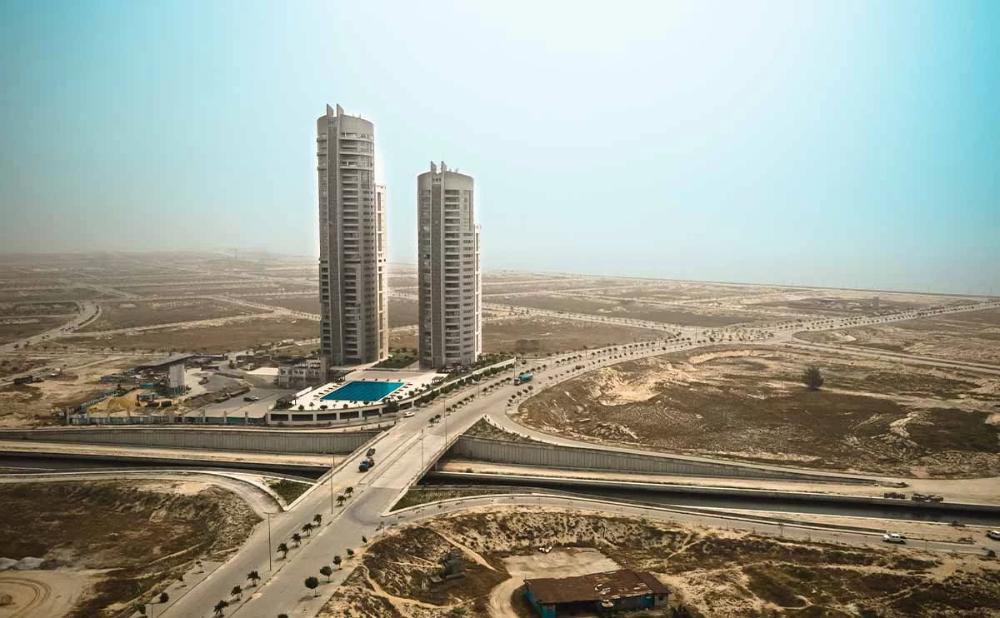
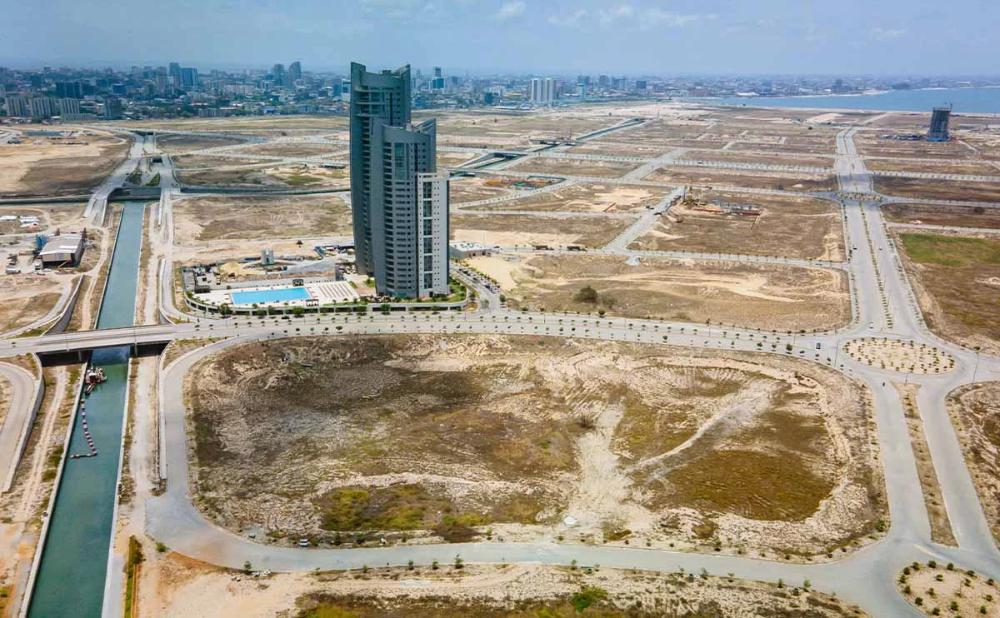
During this period, teams of surveyors survey the areas of installation, providing markers so that teams of excavators may dig trenches according to design levels of width and depth.
Once the surveys are complete, and the excavator teams have dug trenches to design levels, a team of surveyors enters the trenches to install a set of iron pins that will indicate where the bottom of the pipe level will be.

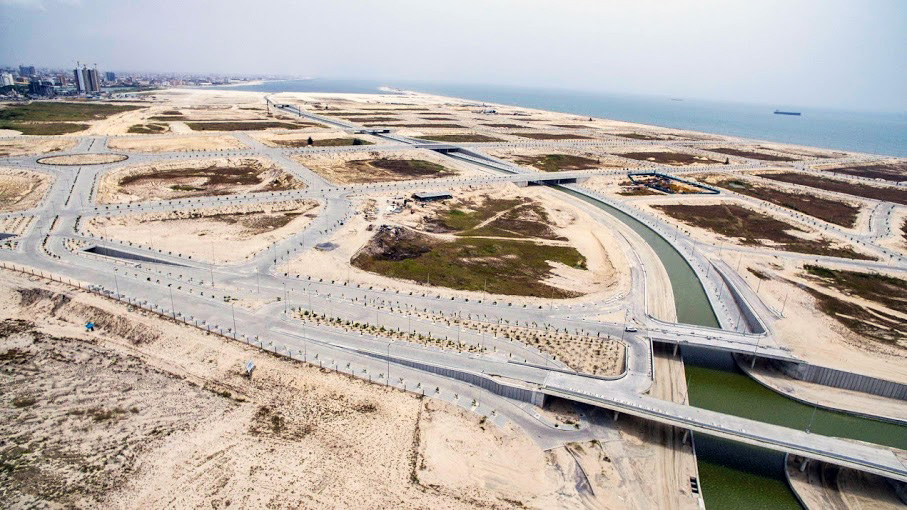
These pins allow for the installation of, “blinding”. The blinding is made up of a material consisting of a cement mixture and stonebase, which, once compacted, creates a solid bed on which to install the drainage pipes. Blinding also ensures that the proper, “fall level”,or sloping of the drainage pipes, has been achieved.
Once the trenches have been properly prepared with blinding, the installation of the concrete pipes takes place. Each pipe is laiddown carefully using a team consisting of an excavator operator and four guides.
Once a pipe is properly placed in the trench a rubberjoint ring is installed where the pipe will adjoin with subsequent pipes to create a water-tight seal. The excavator will then push one pipeinto the other thus completing another small section of stormwater drainage installation.
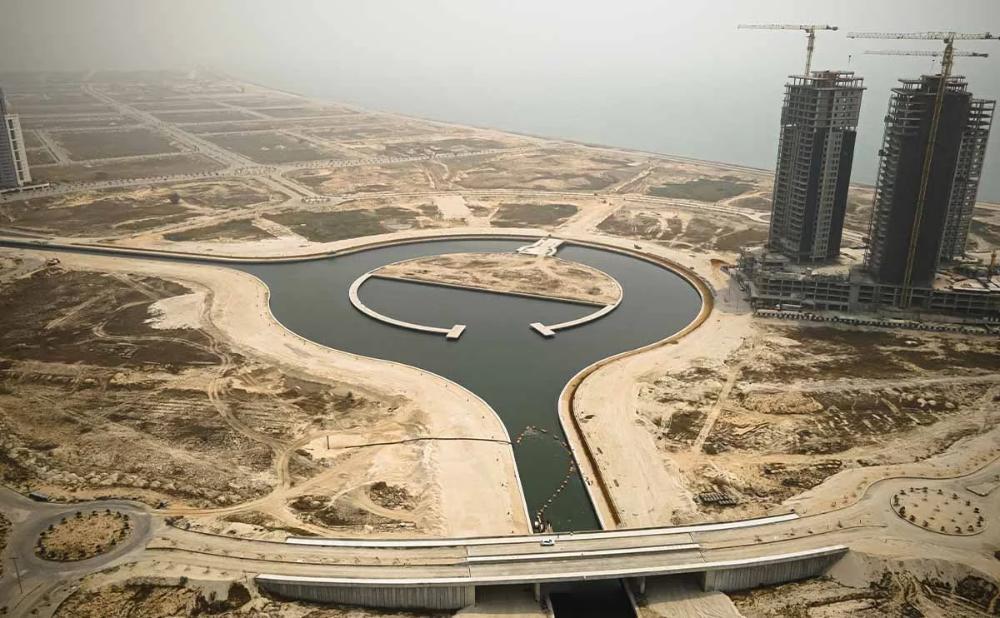
EAC DRAINAGE SYSTEM 29SEC WEB
Once the pipes are properly installed in the trench the final stage of backfilling in the area can occur. Sand is filled up to the halfway height of the pipes and then carefully compacted. The next level of sand is filled up again and also compacted.
This process is repeated until the sand reaches street level. The compaction method is important to eliminate the chances of materials moving after installation is complete.
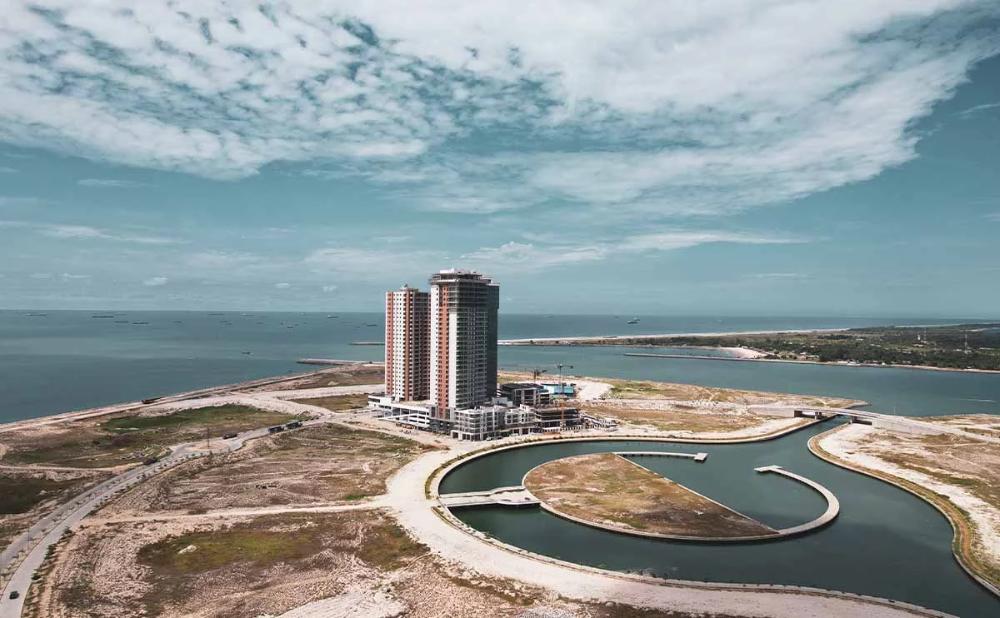
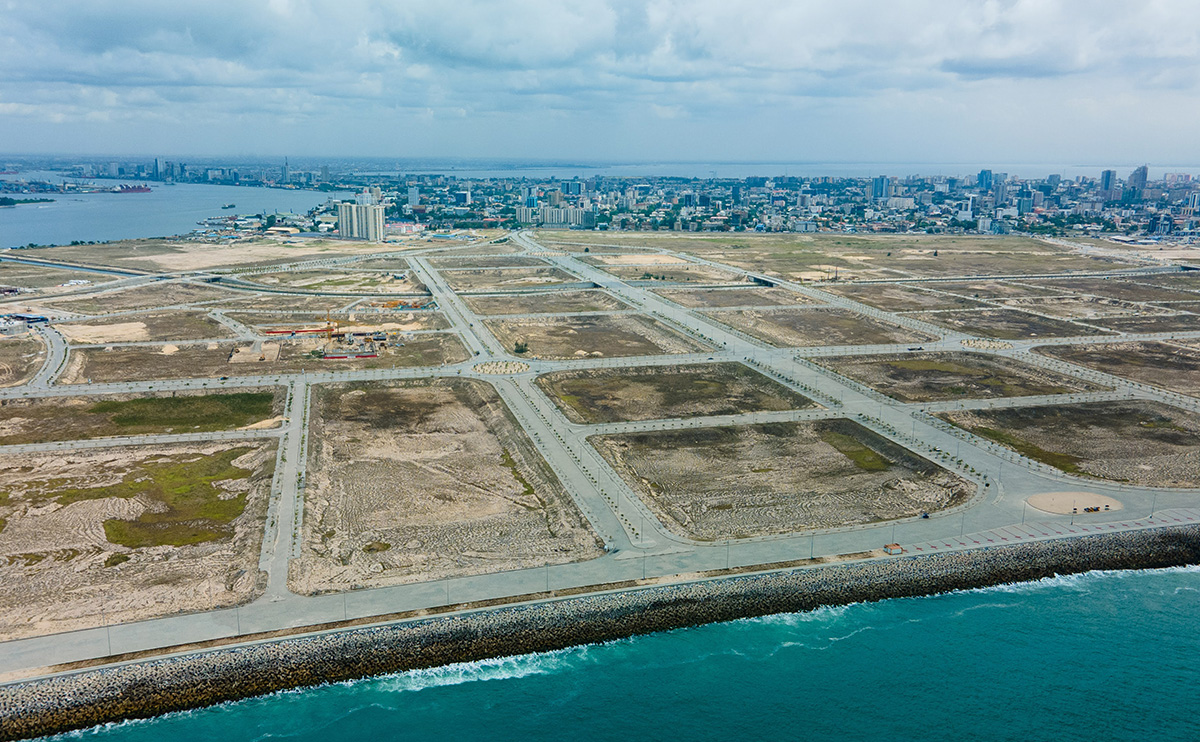
With the stormwater drainage installation completed, road construction in that area may now commence. As the roads are built openings are installed at regular intervals along the kerb-line allowing for the flow of water to enter the underground drainage network. Storm water collected in this manner flows via gravity and discharges into the Eko Atlantic City canal.
WHAT IS SPECIAL ABOUT THE DRAINAGE NETWORK IN EKO ATLANTIC CITY?
The technology and methodology used in designing and installing the stormwaterdrainage network in Eko Atlantic City adheres to best practices used worldwide.
It is important to note that the stormwater drainage system in Eko Atlantic City is completely below street level. There exist noopen drains anywhere throughout the City.
Having an underground drainage network prevents the dumping of refuse, particularly plastic waste, into the drainage system andsubsequently the canal. It should be noted that plastic waste is notorious for blockages and interruptions of the flow of water in drainagenetworks.
An underground drainage network also aids in the prevention of mosquito breeding sites.
From a design perspective, the advantage of having underground drainage allows for sidewalks to be built above the area where thedrainage is installed.
In addition to creating space for sidewalks, maintenance workers also have safe access to the drains as they are notworking on the road. Further, when drainage maintenance is carried out, it does not obstruct the flow of road traffic.
Lastly, as Eko Atlantic City builds and installs its pipes for the drainage network, the City can ensure quality control and standardsfor both the production and installation of pipes.
The added benefit of having production space of pipes lose to the area of installationsaves delivery time and dramatically decreases the frequency of broken pipes during transportation.
CONCLUSION
The series of drainage networks in Victoria Island are built to channel water from the South side of Victoria Island, being the border with Eko Atlantic, towards the North side of Victoria Island where the water exits into the Lagos Lagoon, the Commodore Channel, and Kuramo Waters.



